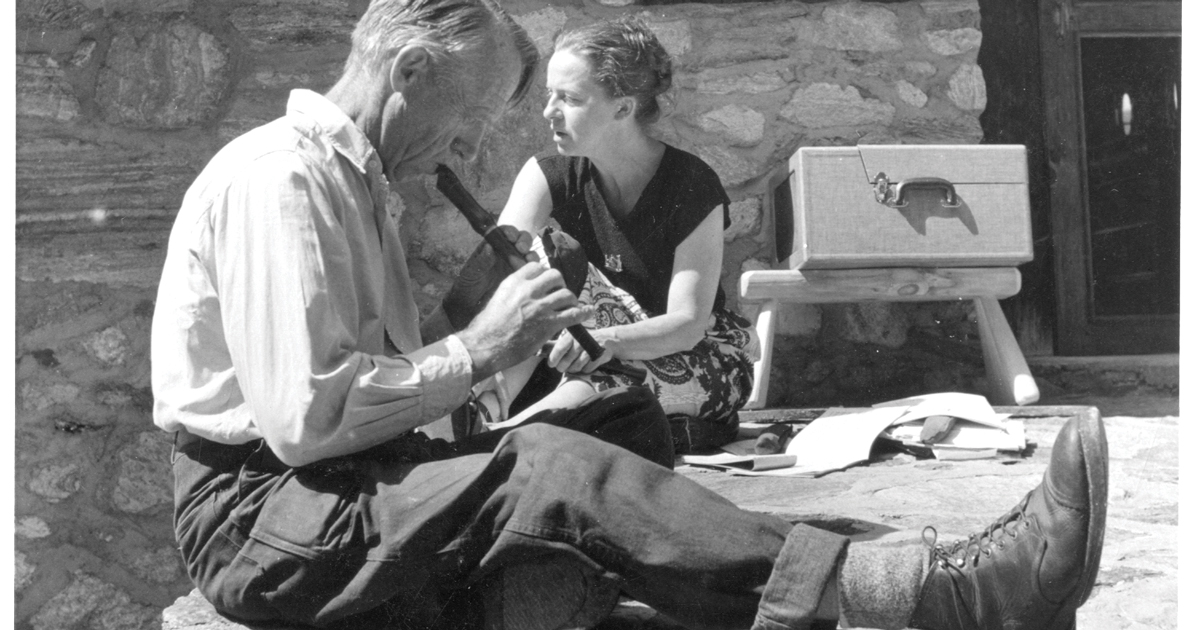Dan Freeman
Minister of Fire
When 100*C steam changes to 100*C condensate it gives up 2142 btu’s per 1000 g’s. …the original phase change energy transport material - unless the definition is expanded to include wood as an energy transport material with phase change to high temperature plasma, lol.
For comparison, do you know the mass of the 400 btu tiles? Couldn’t find the mass on the web page?
The first sentence is Greek to me.
Mass, not sure.
I do know that Ceres Greenhouses, one of the premier 4 season solar greenhouse companies in the US uses Insolcorp's Phase Change Material in their greenhouses.




